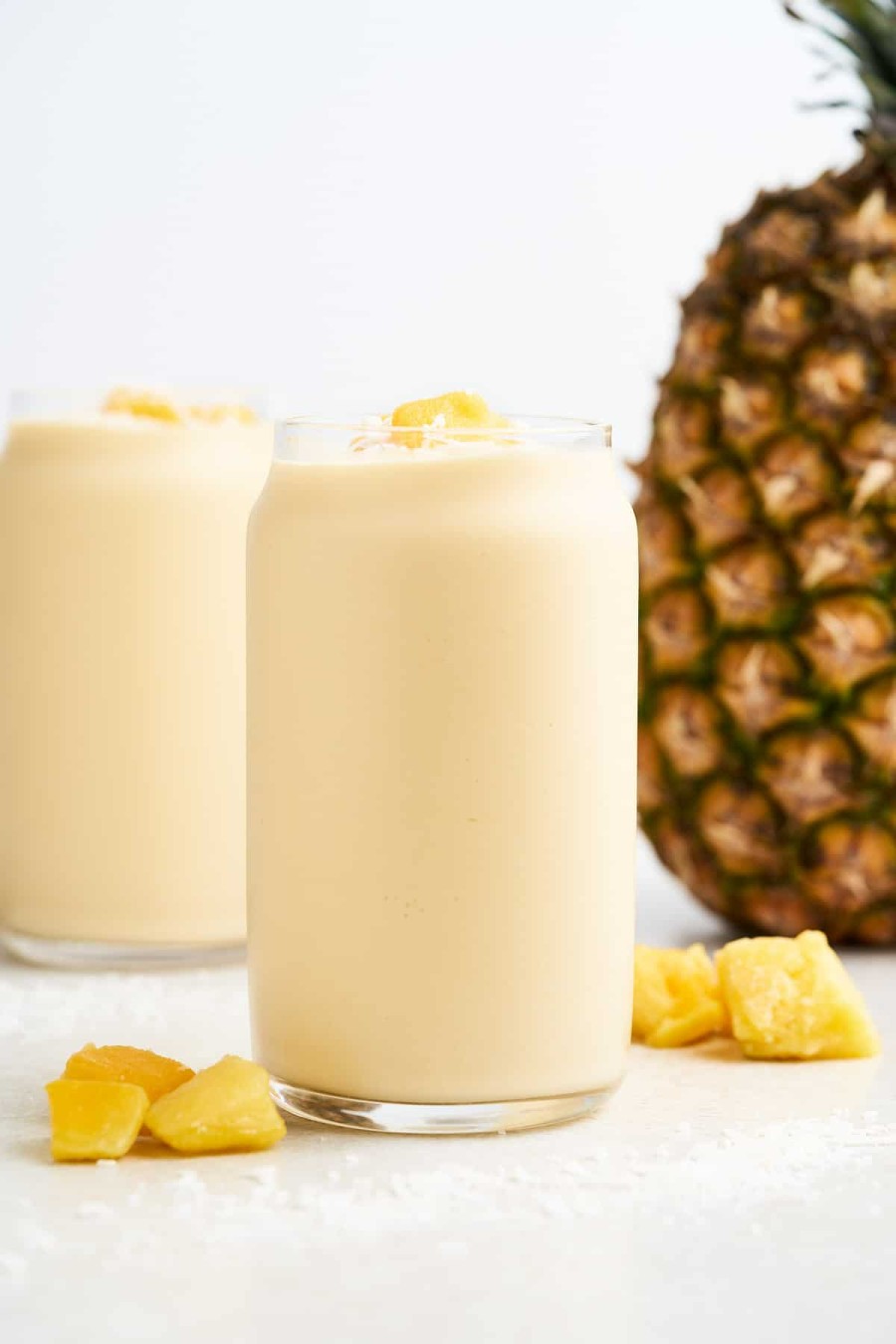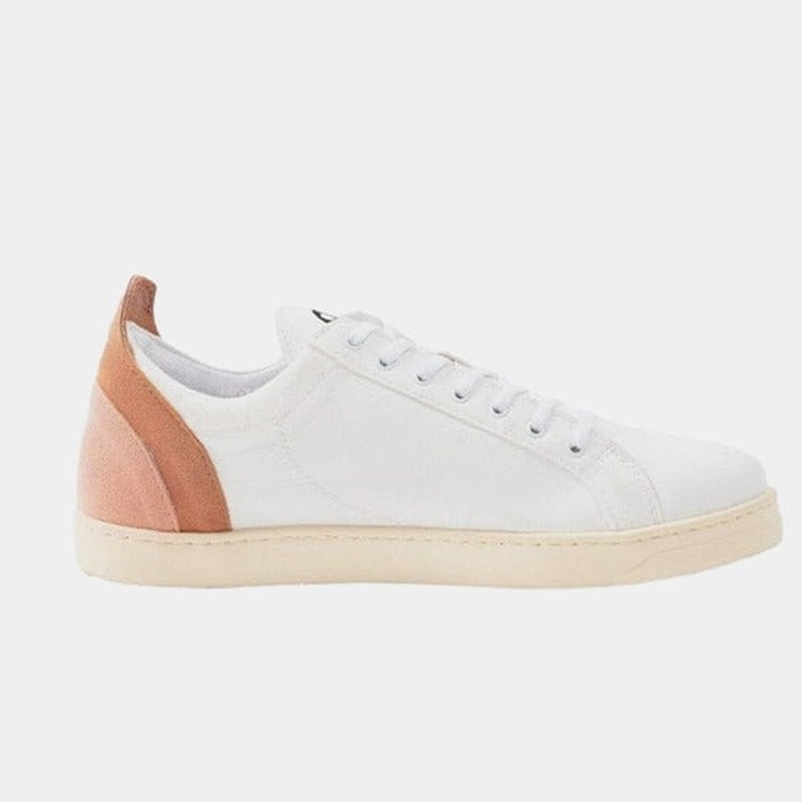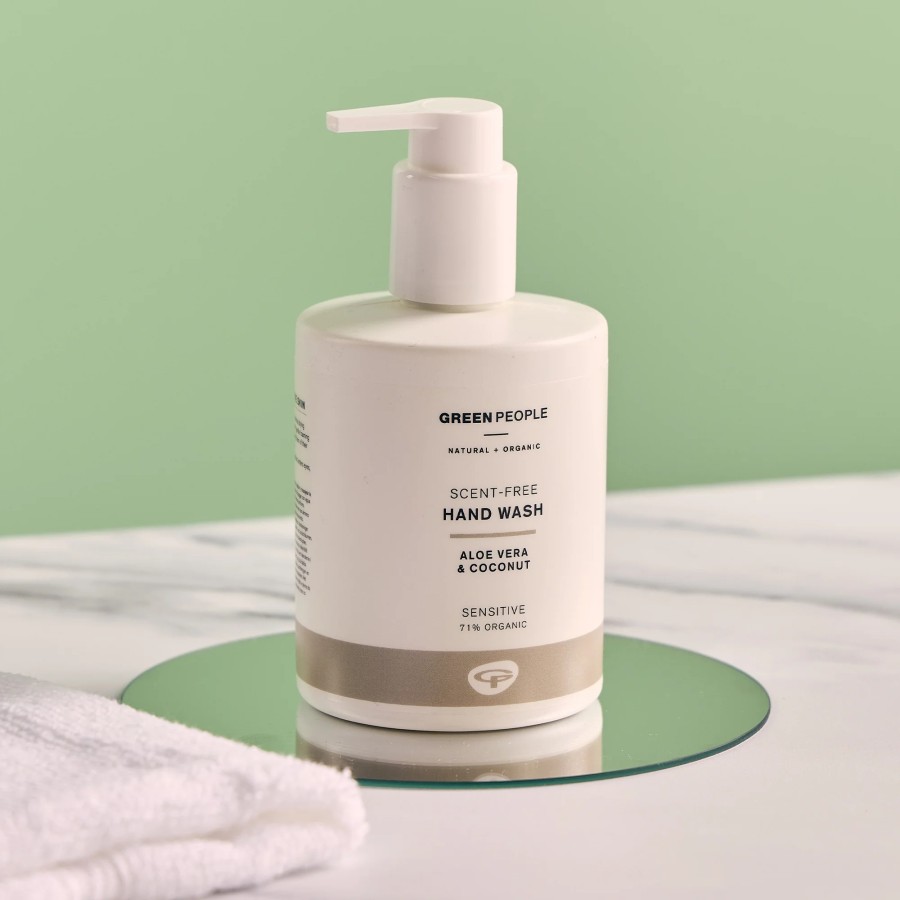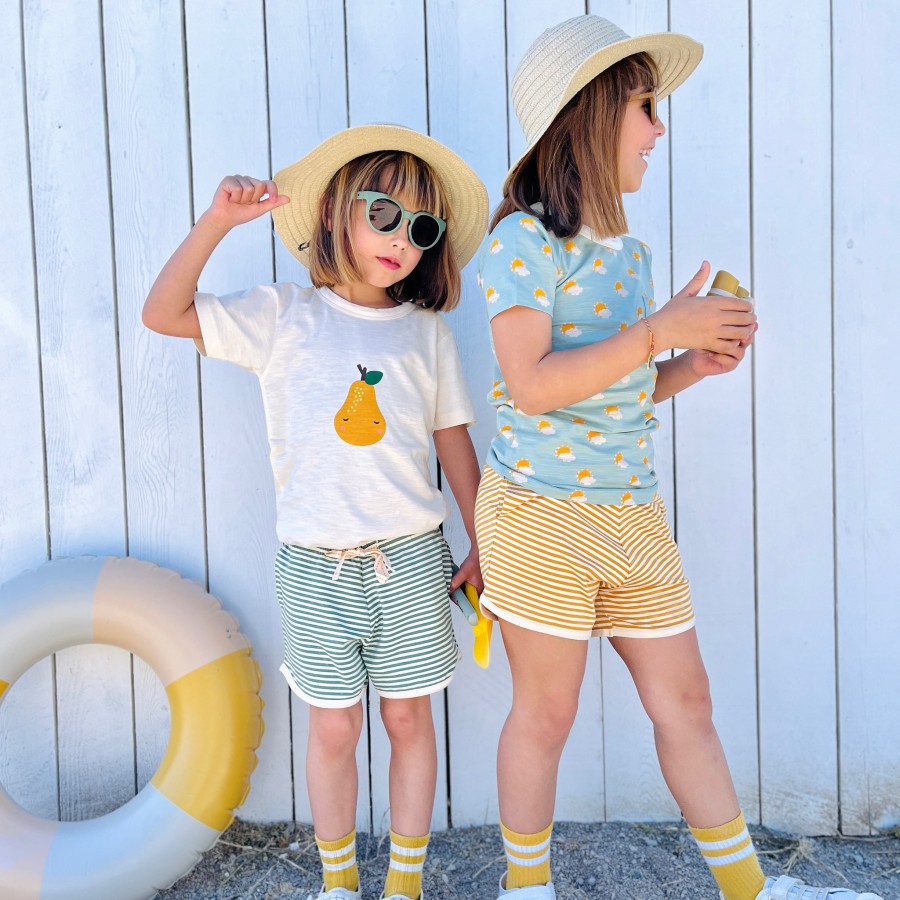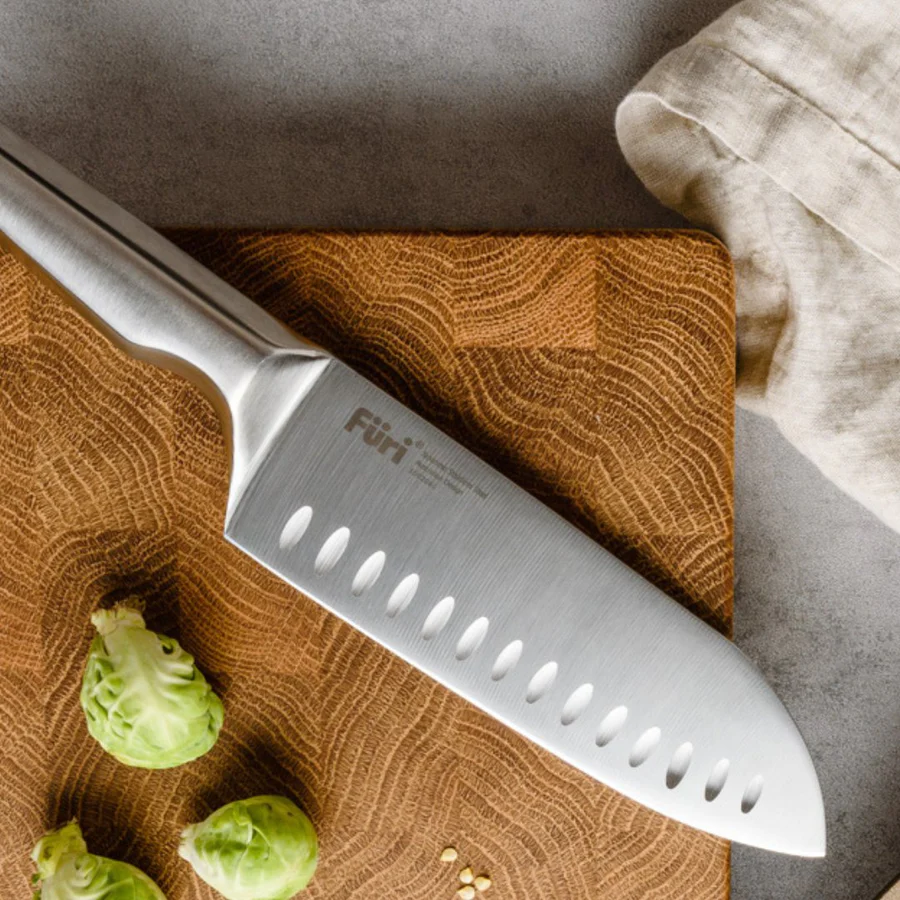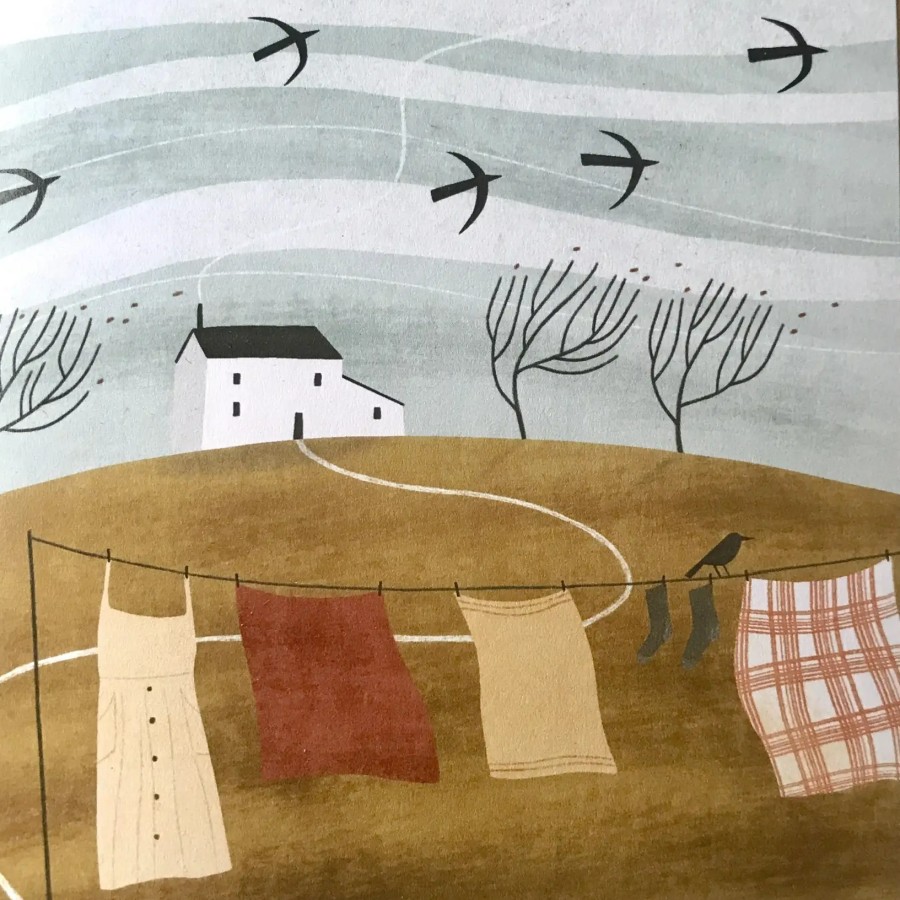
We have lots of rain but also lots of wind, so in summer, spring and autumn you can dry clothes outside. Store rotary lines away when not in use, for safety (or invest in a retractable washing line that fits flush against the wall). For indoor washing lines, don’t dry clothes in lounges/bedrooms (to avoid mould) nor on radiators.
Also switch to biodegradable laundry detergents (unscented for pregnancy/nursing, babies and pet bedding – citrus is toxic to pets).
clothes pegs (made from recycled fishing waste)
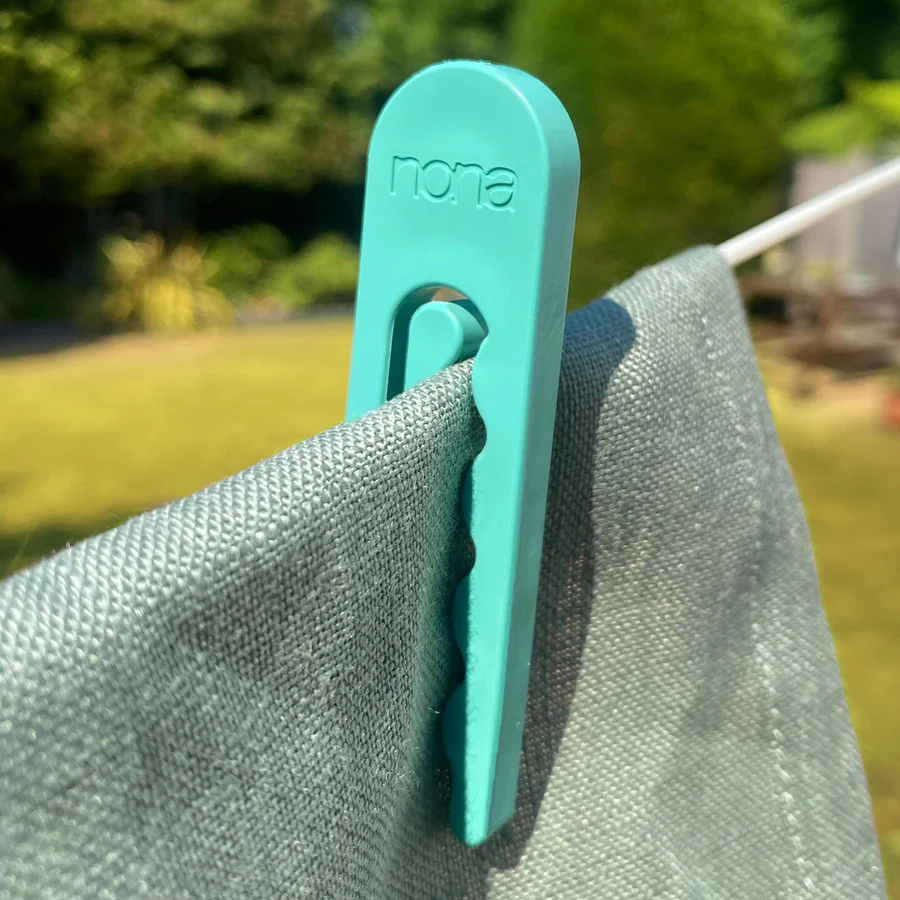
Made by Nona is a company that produces quality clothes pegs made from recycled ‘ghost fishing waste’ (nets etc that clog up our oceans, and harm marine wildlife). These are rescued from the sea, to produce a ‘plastic’ that stops new plastic (made from oil). Super-strong and a natural green colour, one purchase should last a lifetime. The smooth plastic prevents snags on laundry, without rust or mould stains.
The durable one-piece shape is UV-resistant, and ideal for delicate or heavy laundry. A climate-positive alternative to flimsy pegs, the pegs are built to withstand extreme weather and prolonged sunlight, with no moving parts. The innovative wave design means you simply push the peg further down for a stronger hold, and a portion of profits go to ocean charities. Sent in plastic-free packaging, with double the carbon offsets for production and shipping.
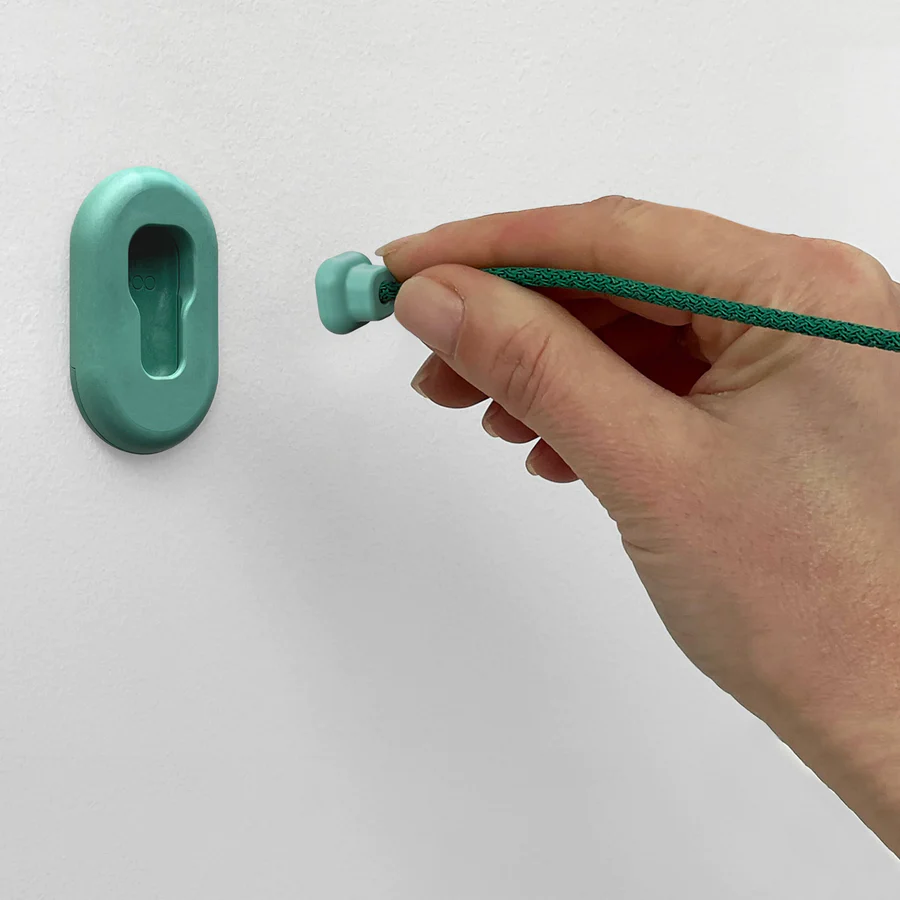
This company also makes a washing line, if you don’t have one already. Also made from recycled fishing waste, it includes everything you need to get started (wall mounts, wall plugs, adhesive strips) plus a circular knitted cord that is constructed around a core of 16 strands for optimum strength and flexibility. The line has knitted micro-ridges for superior grip, to ensure that clothes stay on the line, without leaving marks. Adjust the cord length to perfectly fit your space.
stainless steel clothes pegs from France
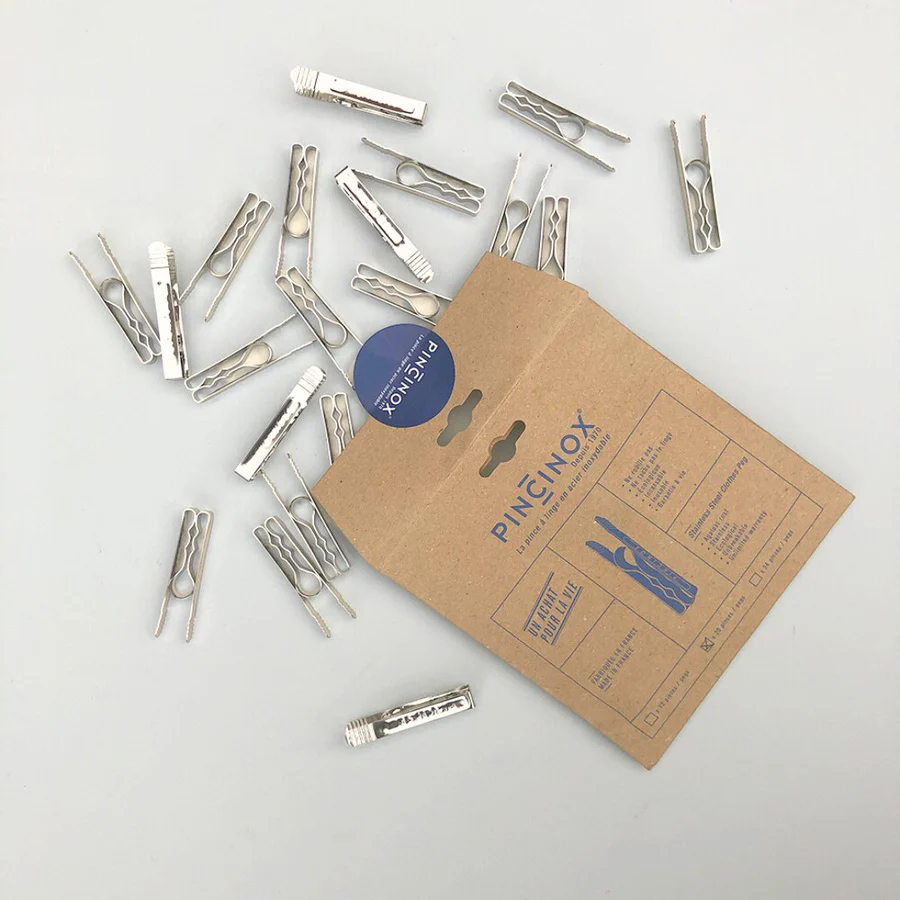
Pincinox is a quality brand of stainless steel clothes pegs, that has been around in France since 1970. A lifetime-use alternative to plastic, these pegs are packaged in paper, and won’t leave rust marks on your clothes, when hanging them out to the dry on the washing line. Sold in packs of 20 or 40, one purchase is all you need.
The ergonomic design means these pegs are comfortable to hold and use, and can also be used to seal up half-open bags of frozen peas or use for craft projects. The unique patented springless forged construction means no joints will snap under pressure, or weaken over time. As well as being resistant to heat and frost, the strong grip design means they easily secure heavy wet clothes (like blankets) and if you do for any reason no longer need them, they are easy to recycle.
Originally created by Monsieur Violet (what a fabulous name!) who was a French metal maker, he did so after his wife complained about weak wooden clothes pegs.
other ways to dry your laundry
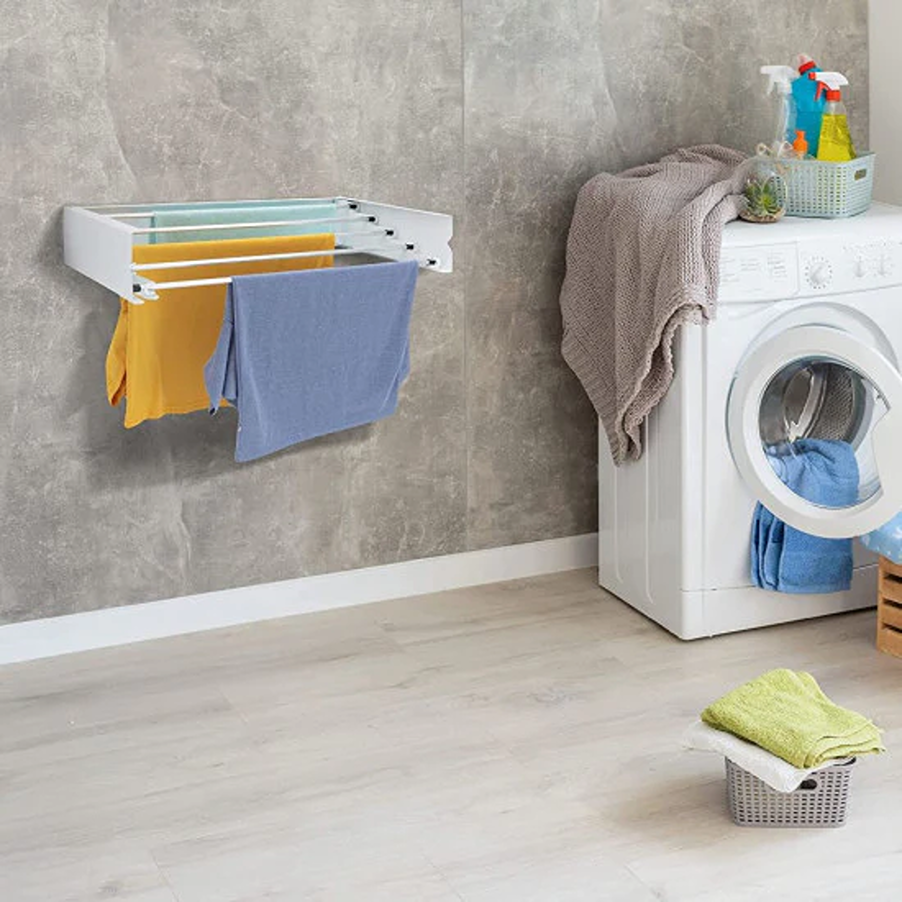
This laundry drying rack fits flush against the wall when not in use, and is ideal to dry clothes inside in a safe place. Made from stainless steel, it’s very strong and large enough to hold many loads, and won’t rust. Again you move it to hang clothes outside in sunny weather.
Quality drying racks are expensive (look for sale bargains) but one purchase should last a lifetime and works out cheaper long-term than a tumble dryer. This is affixed to the wall with brackets and fixings, and sold pre-threaded, so you can (with an extra set of brackets) take it outside on sunny days.
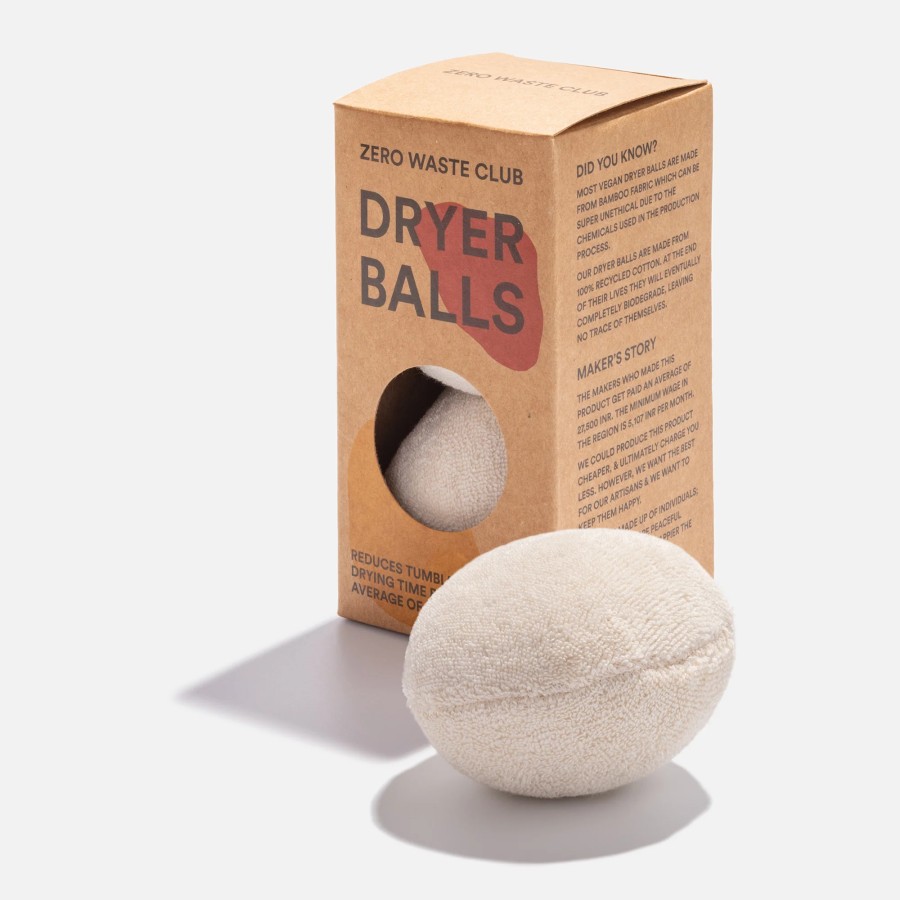
These recycled cotton dryer balls are made from organic cotton terry cloth, and filled with recycled waste cotton to reduce drying times in the tumble dryer. They increase airflow and absorb moisture, which shortens drying time to save time and energy (costs). They help separate thicker items, to dry more evenly. Perfect for sensitive skin and allergies, place two in the tumble dryer with wet laundry, and dry as normal. Remove and air-dry in a sunny place, to use next time. Sold in plastic-free packaging, these will not damage your tumble dryer, nor make loud noises (unlike plastic alternatives). Made in fair working conditions by workers in India who receive almost double minimum wage. Shipped by sea.
Never leave tumble dryers unattended and remove lint/fluff before/after each use (don’t leave lint or human/pet hair out in gardens for birds, it can harm). Check machines for scorch/burn marks, never overload and cool fully before removing cloths. Don’t tumble-dry clothes with grease/oil/solvents and register your appliance.
do you really need fabric conditioner?
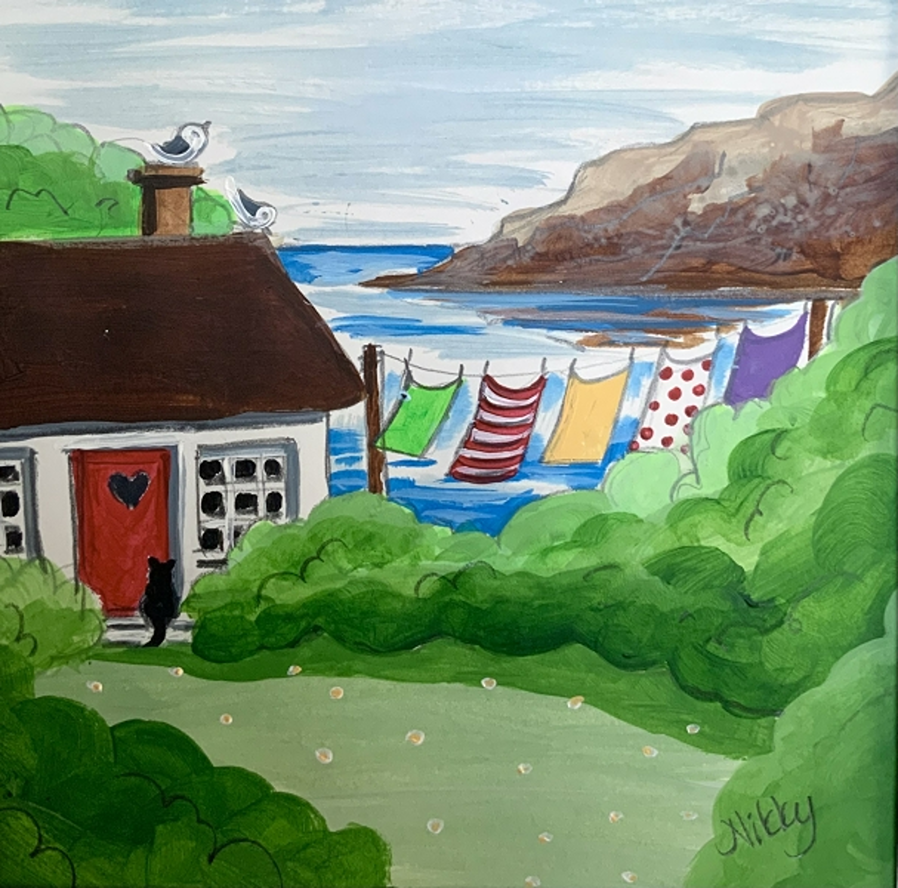
No. It reduces absorbency and makes clothes more flammable, if then placed in tumble dryers. Most brands also contain palm oil and are tested on animals. Fabric conditioners simply contain positive ions to attract negatively charged static to ‘retain shape of clothes and speed up drying’. One brand even claims their fabric conditioner is linked to ‘higher levels of confidence and happiness’. If that’s all it takes to make someone happy, they must have a blessed life! The same company then goes onto to say their products may contain animal ingredients, as there are no suitable alternatives?
One expert suggests never using fabric softener on clothing for babies and children. This is because it can reduce flame resistance of clothes that stop them catching fire. The CEO of Laundryheap say it can also irritate young skin. Flammability increases due to containing flammable emulsifiers and alcohol ethoxylates. Martha Stewart’s website reiterates this and also not to use fabric conditioner for many other types of clothing including:
- Delicate wools as they lose their texture, just wash with soap
- Not that we recommend down-filled coats and comforters for animal welfare reasons. But if you use them, using fabric conditioner coats and flattens feathers, so tiny air spaces are filled, to create waxy film.
- Swimwear and sportswear. These don’t absorb water, so fabric conditioners attract moisture, slow drying and create mould.
- Towels – become less absorbent. Same reason why fabric conditioner is never recommended for use with washable nappies or sanitary towels.
- Linen is naturally crumply and this is due to spaces between the threads to make it breathable, again using fabric conditioner coats them.
White vinegar is nature’s fabric conditioner. Just add half a cup to dispenser or final rinse cycle. The smell dissipates so your clothes won’t smell like a bag of chips! Or add half cup of bicarbonate of soda to rinse cycle or with the normal wash load. To make homemade fabric conditioner, mix 6 cups of white vinegar with 1 cup of baking soda. Vinegar cuts through acid and limescale (run an empty cycle with white vinegar once month to prevent washing machine limescale).

